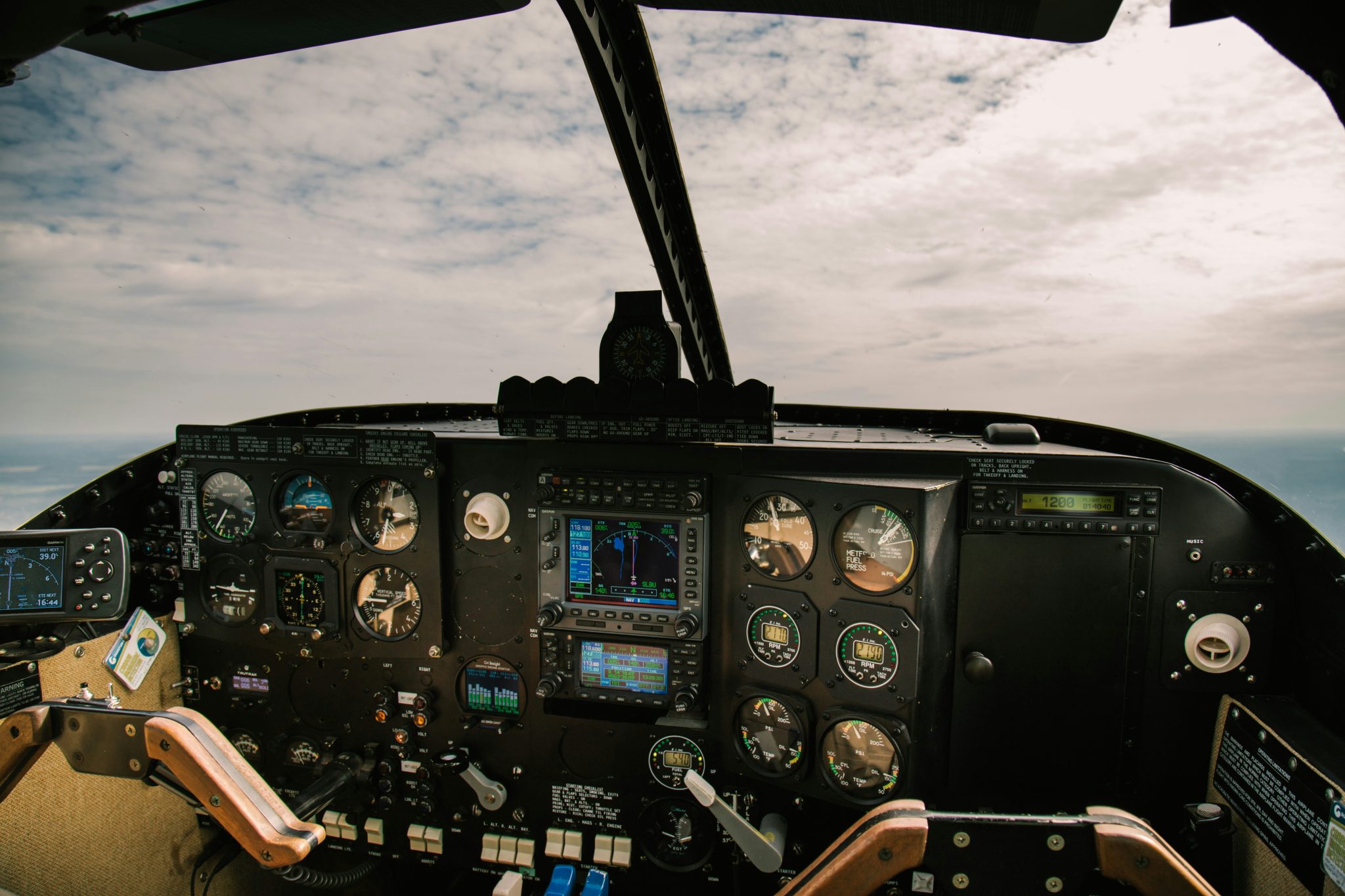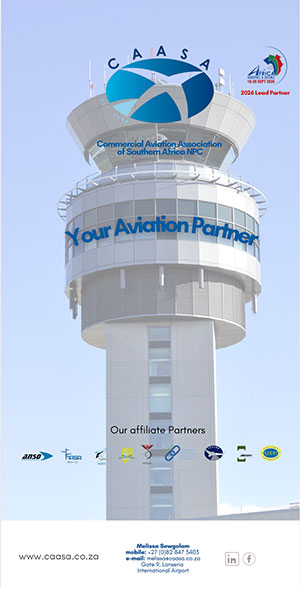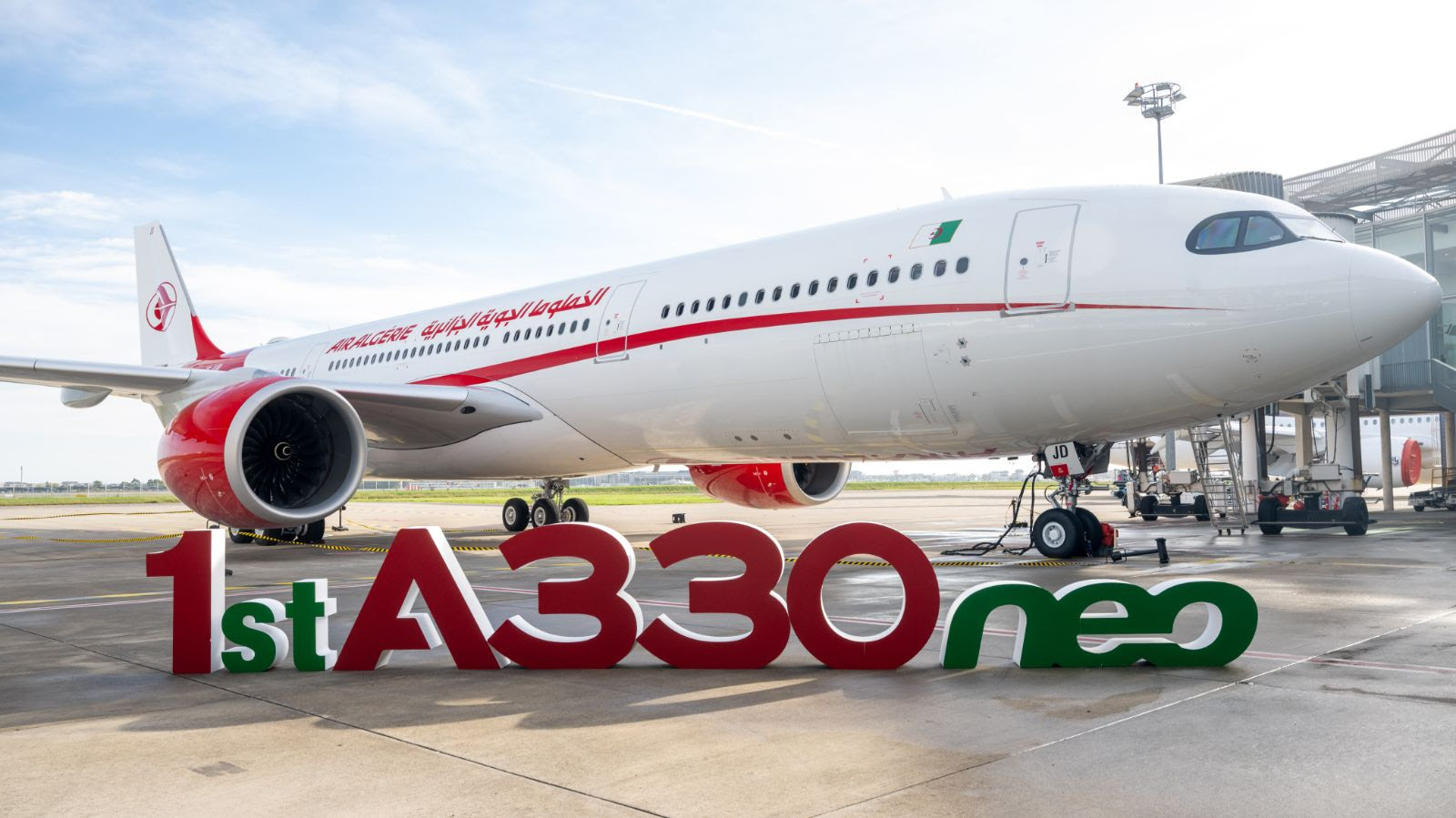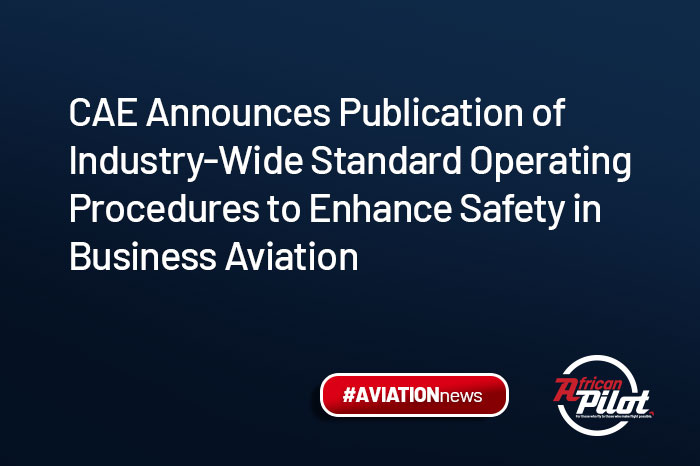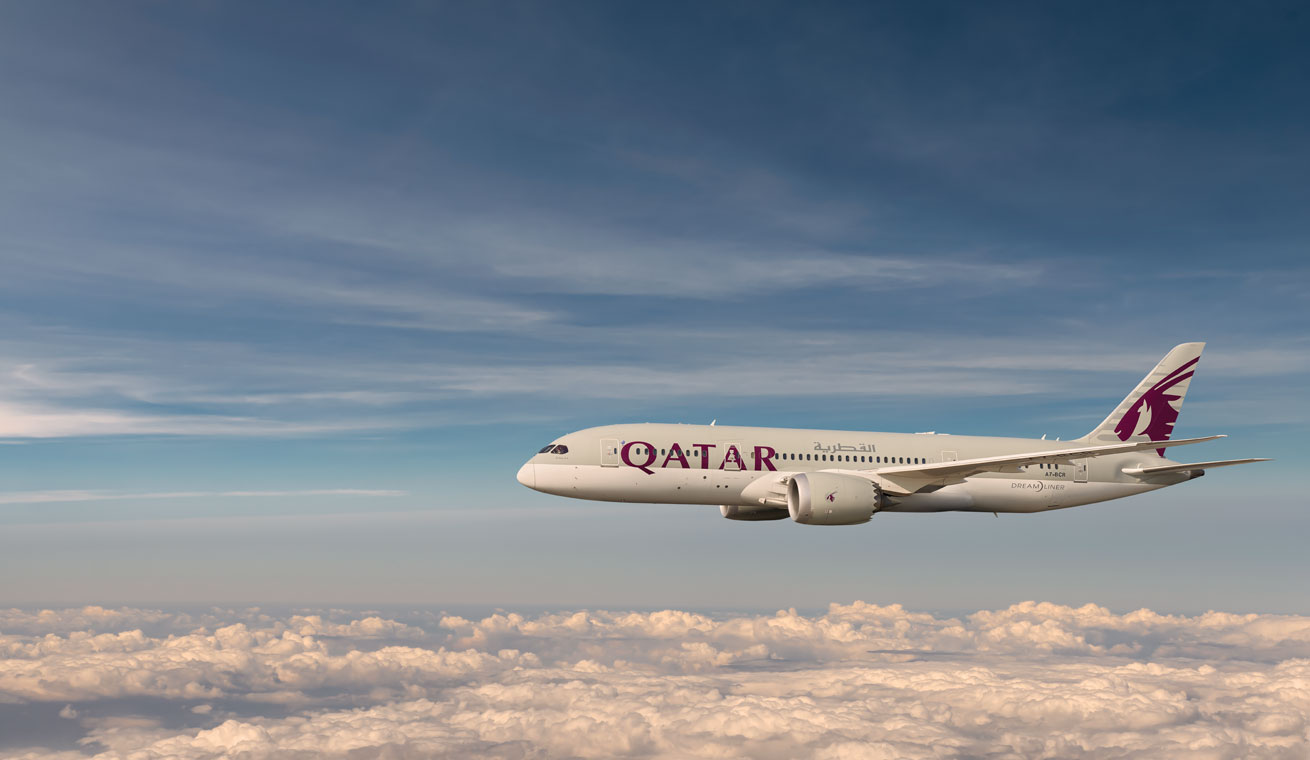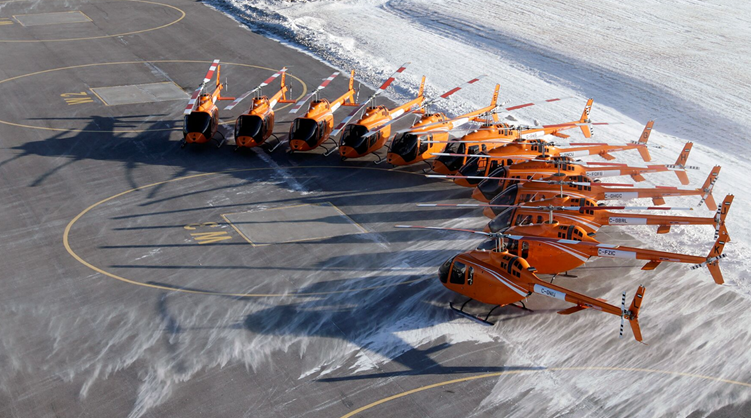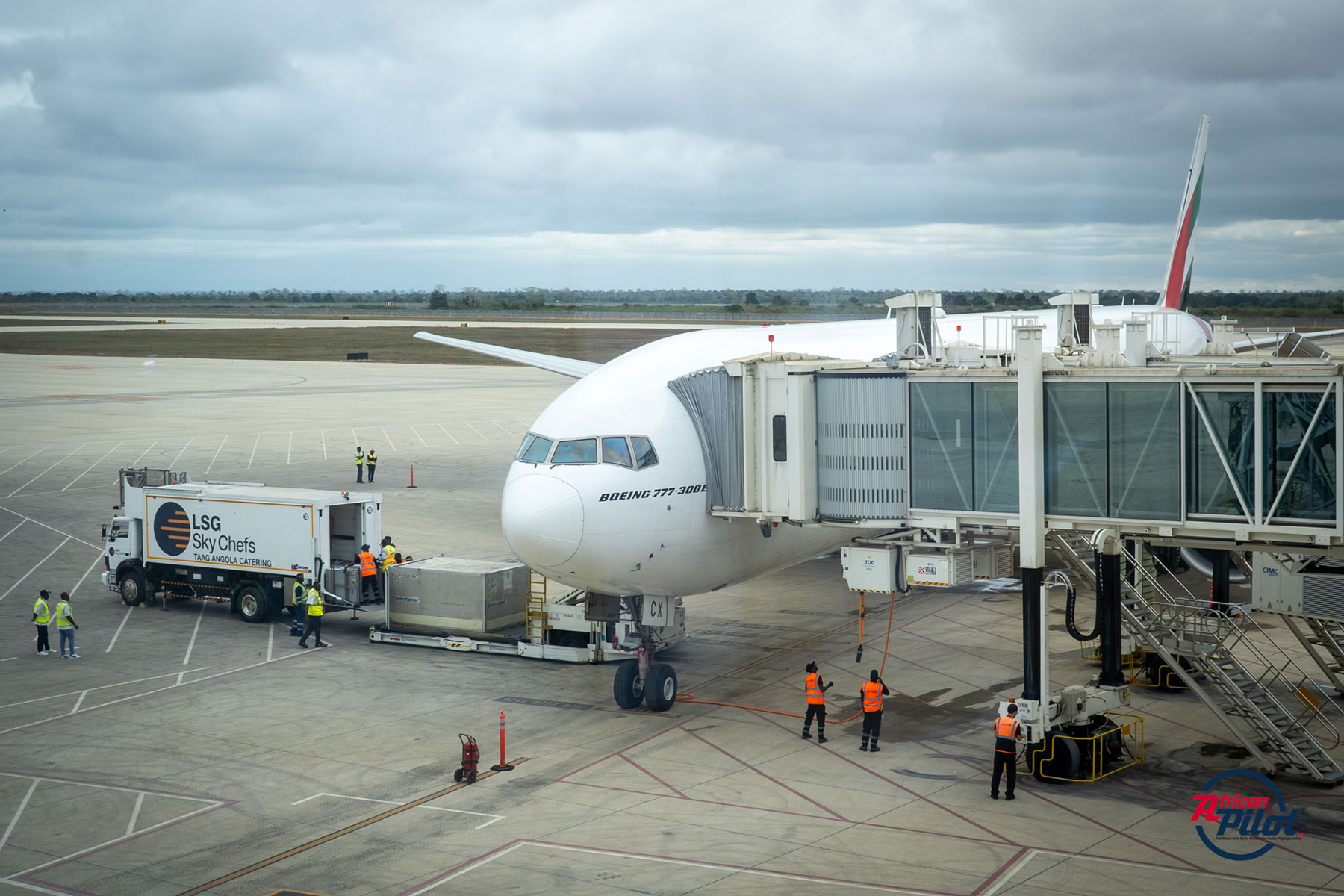The European Cockpit Association (ECA) has released updated guidance on Commander’s Discretion, a crucial but often misunderstood provision in aviation flight time regulations that allows a commander to adjust duty limits in unforeseen circumstances. The move aims to clarify how and when this discretion should be exercised, ensuring that safety remains the overriding priority in flight operations.
Commander’s Discretion, governed by ORO.FTL.205(f) of Commission Regulation (EU) No 83/2014, permits a flight’s commander to extend or, in some cases, reduce the Flight Duty Period (FDP) or rest time in response to unexpected events such as weather disruptions, equipment malfunctions, or air traffic delays. The new guidelines, titled “Commander’s Discretion 2.0”, set out a more structured and safety-centred approach to this complex aspect of airline operations.
Balancing Safety and Operational Pressure
According to the ECA, Commander’s Discretion is “a bet on the future with a high degree of uncertainty.” It is designed as a last-resort measure to manage situations that arise after crew reporting time, not a tool for routine operational flexibility. The association warns that while the rule offers valuable flexibility, it must never become a substitute for robust planning.
“Good, prudent planning remains the most effective way to avoid fatigue and the need for exceptional decisions,” the guidance notes, quoting the European Union Aviation Safety Agency (EASA). Operators are reminded that they must publish rosters that are realistic under normal conditions and avoid relying on commander discretion to keep flights on schedule.
A Shared Responsibility
The document reinforces that flight safety is a shared responsibility between operators and commanders. While the commander holds the final authority to exercise discretion, operators are expected to provide sufficient scheduling margins and standby crews to prevent the misuse of this provision.
At the heart of the update is the call for a non-punitive safety culture, ensuring that commanders and crew can make fatigue-related safety decisions without fear of reprisal. “A ‘no’ from the commander should always be accepted,” the ECA stresses, underlining that safety must never be compromised for commercial reasons.
Defining the Limits
Under EASA regulations, the maximum daily Flight Duty Period can be extended by up to two hours, or three hours if in-flight rest facilities are available for augmented crews. However, the ECA cautions that these are not entitlements but upper limits subject to careful risk assessment. The commander must consult all crew members about their alertness before making a decision, and each case must be formally reported to the operator, with significant extensions also reported to the aviation authority.
The guidelines further explain that discretion may also be used to reduce a flight duty period or extend a rest period in cases where severe fatigue could threaten safety. This aspect, often overlooked, highlights that discretion works both ways, to extend or to protect rest when operational pressures mount.
Fatigue: The Invisible Threat
Fatigue management sits at the core of the ECA’s guidance. Drawing on the ICAO Fatigue Management Guide, the document defines fatigue as “a physiological state of reduced mental or physical performance capability resulting from sleep loss, extended wakefulness, circadian phase, and workload.” In simple terms, fatigue dulls judgement, slows reaction times, and erodes safety margins, making it one of the most insidious risks in aviation.
The new guidance urges commanders to make fatigue assessments a formal part of their decision-making process, consulting each crew member individually and documenting the rationale behind any use of discretion.
Why It Matters Beyond Europe
Although the regulation originates in the European Union, its principles have global relevance. Many African airlines model their operational standards on EASA and ICAO frameworks, meaning the ECA’s interpretation provides valuable reference material for operators across the continent. As regional carriers expand and flight schedules grow more complex, the careful management of fatigue and duty time becomes ever more critical.
For African operators working to balance operational efficiency with international safety expectations, the ECA’s update serves as both a warning and a guide: Commander’s Discretion must remain a safety valve, not a scheduling convenience.
Commanders Discretion: Keeping Safety in Tact
The message from Europe’s pilot community is clear: Commander’s Discretion is not about keeping the timetable on track; it is about keeping safety intact. Used wisely, it allows commanders to navigate the unpredictable realities of flight operations. Used poorly, it risks turning flexibility into fatigue, and fatigue into danger.
As the ECA concludes, the exercise of discretion should “follow the safer course of action. It is never a must.”
